Sagada in the eyes of its tour guides
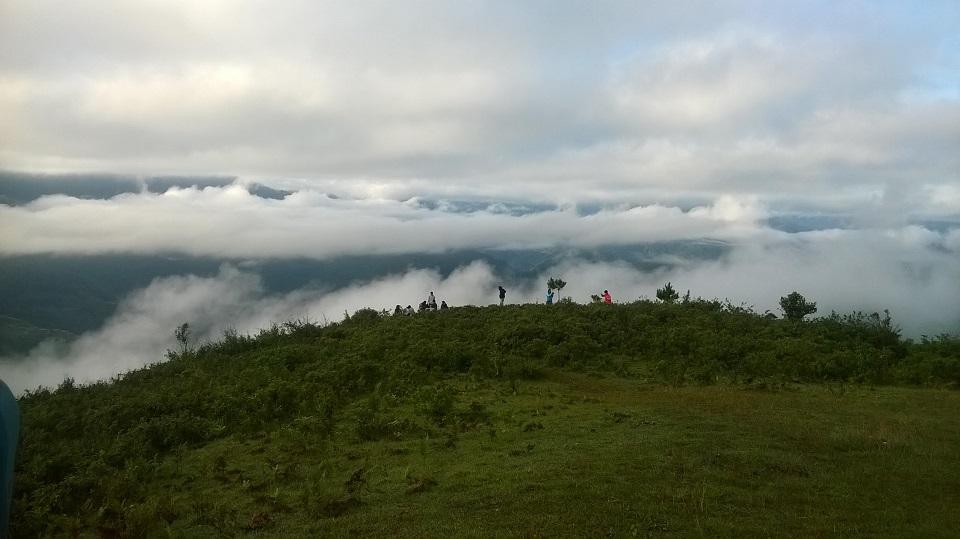
SAGADA - A trip to Sagada is such a long journey—it involves at least a 12-hour bus trip from Manila (if you take the direct route via CODA Lines)—that the weary traveler probably thinks, "The experience should be worth it!"
But arriving in Sagada is only one half of the story.
The rest is best told by its tour guides whose passion and knowledge are, in their opinion, seldom tapped because tourists these days only want their pictures taken.
"I like doing the trekking packages because it gives me more time to talk about Sagada's culture and heritage. But most of the time, I am with a group of tourists who only want to take photos. They are very concerned about how they look that they fail to ask about the story behind the hanging coffins. Sayang," said Marco Galas, who began his career as a tour guide in 1995.
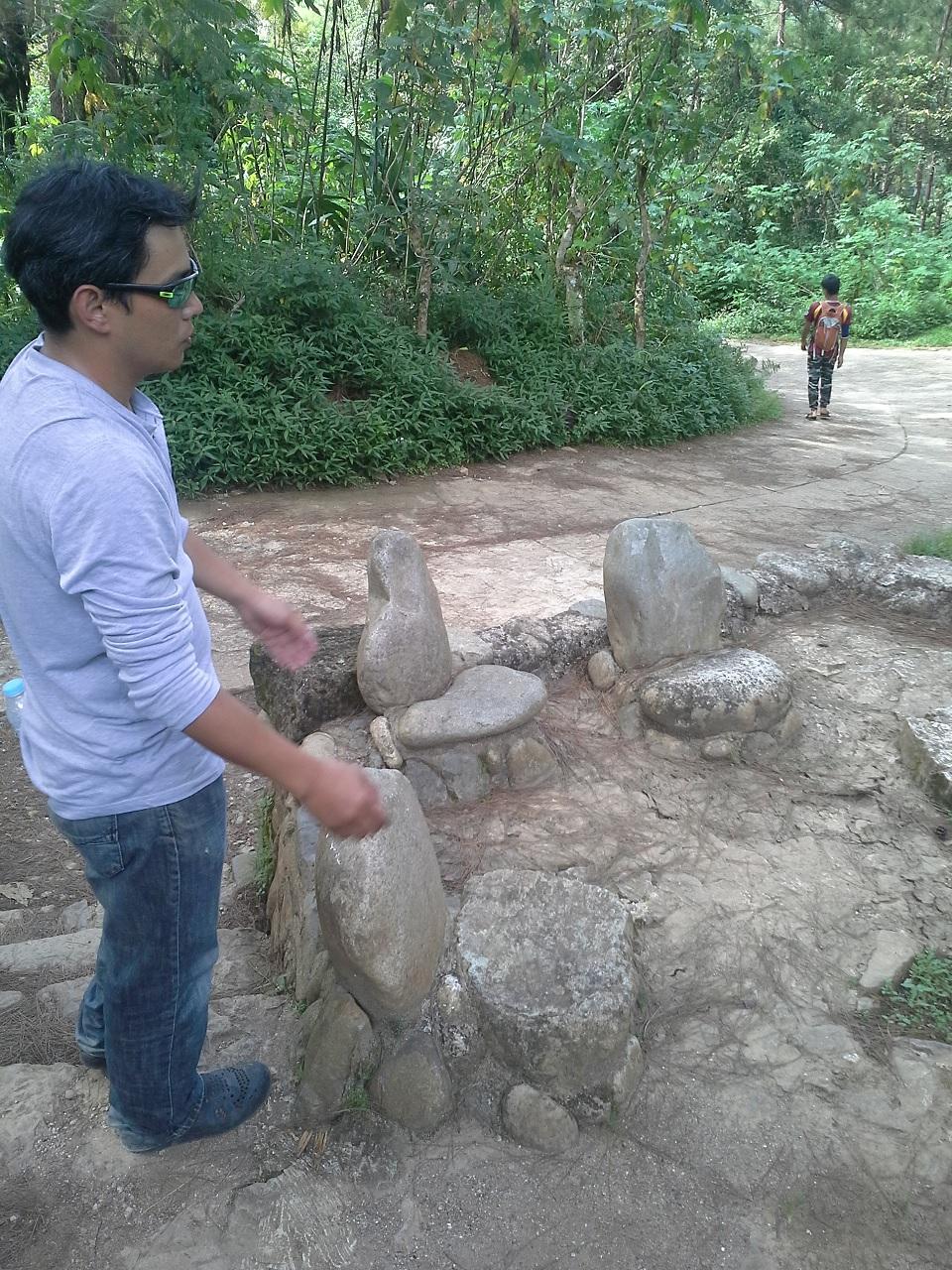
Sagada's tour menu includes hiking, trekking, caving, and spelunking. There are varying degrees of difficulty, so visitors should inquire at the town's tourism office near the public market and the police station before the tour even starts.
A town ordinance (07-2007) requires visitors to avail of the services of the local guide.
"This is not because the guides want all the money, but it is to ensure the safety and security of the travelers who are not familiar with the sites," said Galas, who also served as a municipal tourism action officer from 2000 to 2007.
Touring Sagada requires a great deal of walking and hiking.
The now-famous Kiltepan Sunrise, for example, requires going down a steep—and sometimes slippery—slope to better appreciate the view.
Satur Segundo knows this too well, after almost seven years of bringing tourists to the area.
Unlike Sagada native Galas, Segundo is from Nueva Vizcaya. His wife, however, is a Sagada local, and the couple moved to this town of 12,000 people in 2010.
"I don't usually call myself a tour guide because when it comes to the exhaustive history of the town, I won't be able to answer all the questions. But if you ask me about Kiltepan, Lake Danum or the Marlboro Country, I can answer," he said.
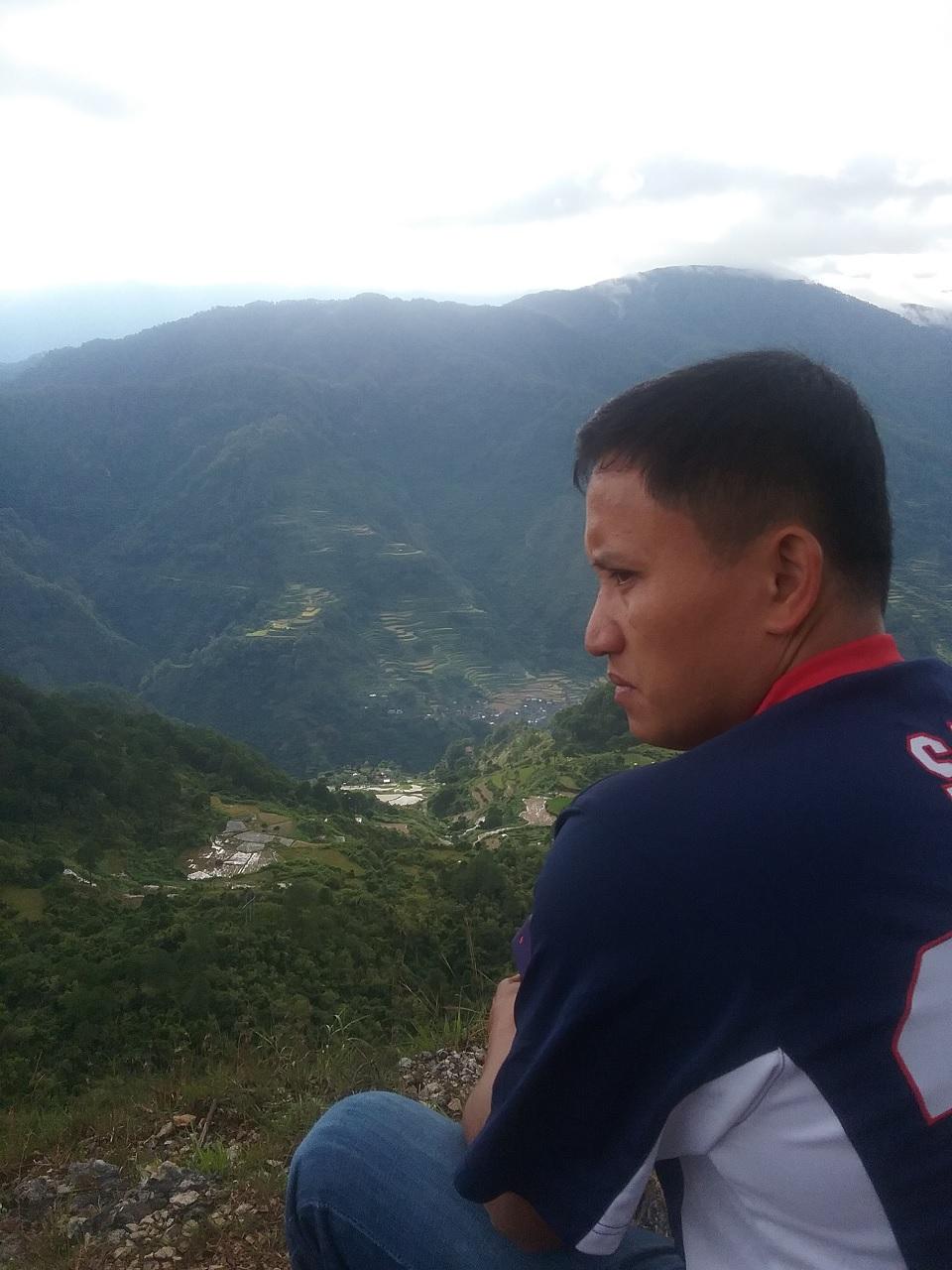
Segundo said being a Sagada guide means taking responsibility of what you say to the guests. It is not acceptable to make up stories, he stressed.
Segundo's cousin-in-law, Kyle Buslig, is 24 years old and has just started as a tour guide.
Buslig is humorous and playful, qualities which are valued in the job.
When asked what his favorite tour is, Buslig is quick to say that the Bomod-Ok Falls top his list.
"It is a destination that can only be better appreciated during the rainy season. In the summer, you don't see its real beauty. You have to wait for the rain to marvel at its majesty," he said.
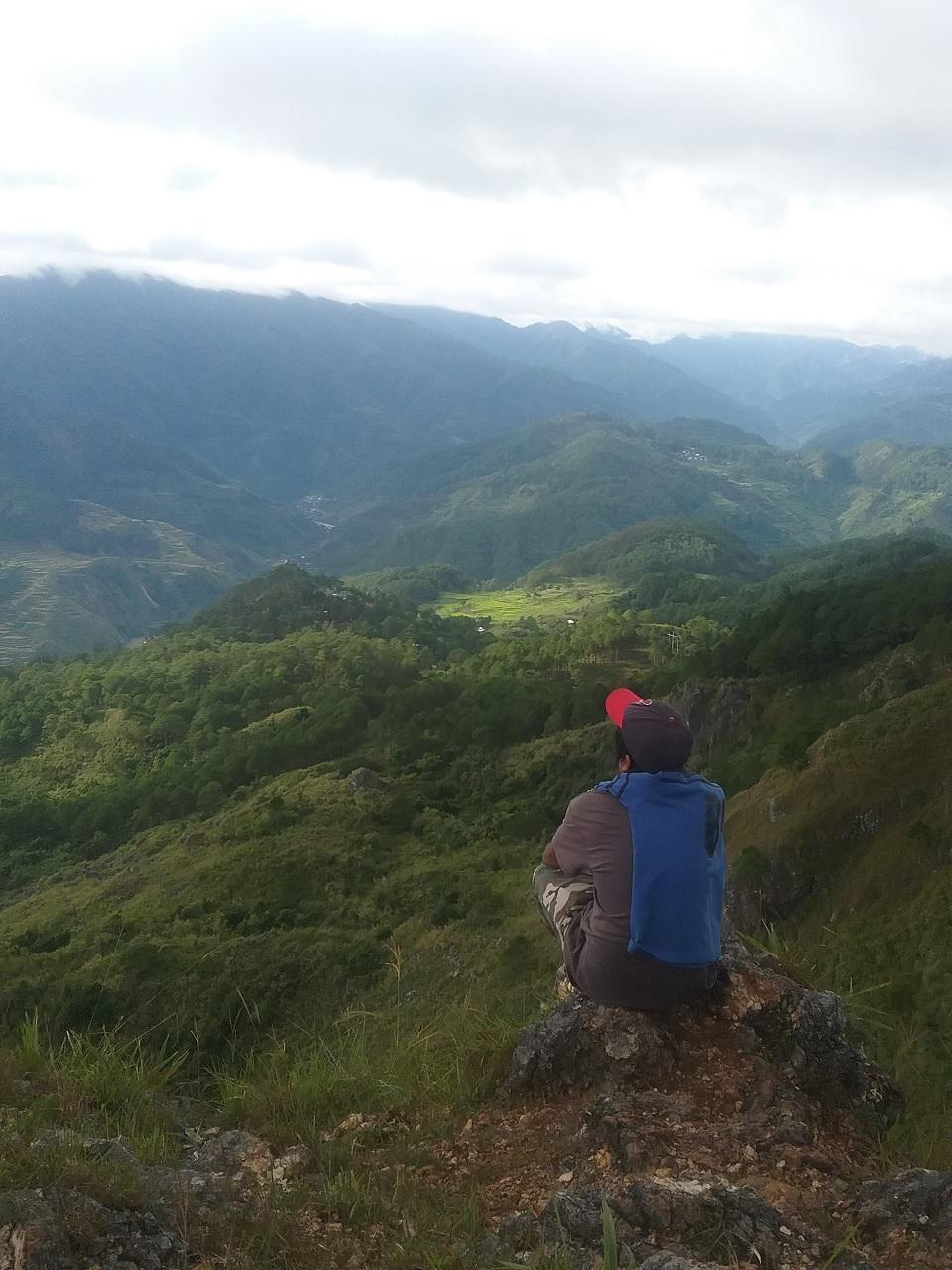
The influx of tourists has definitely helped boost the local economy, said Galas. He also cited lower incidences of petty crimes such as theft because of the livelihood opportunities provided by the tourism sector.
But the challenge is for young travelers to realize that more than just a tourist spot, Sagada is a place of great culture and heritage—and guides like Galas, Segundo, and Buslig would be very happy if visitors asked more questions and took fewer selfies.
This doesn't mean they wouldn't oblige if tourists want a particular shot. in fact, they said, the guides know exactly what location will ensure the best angle.
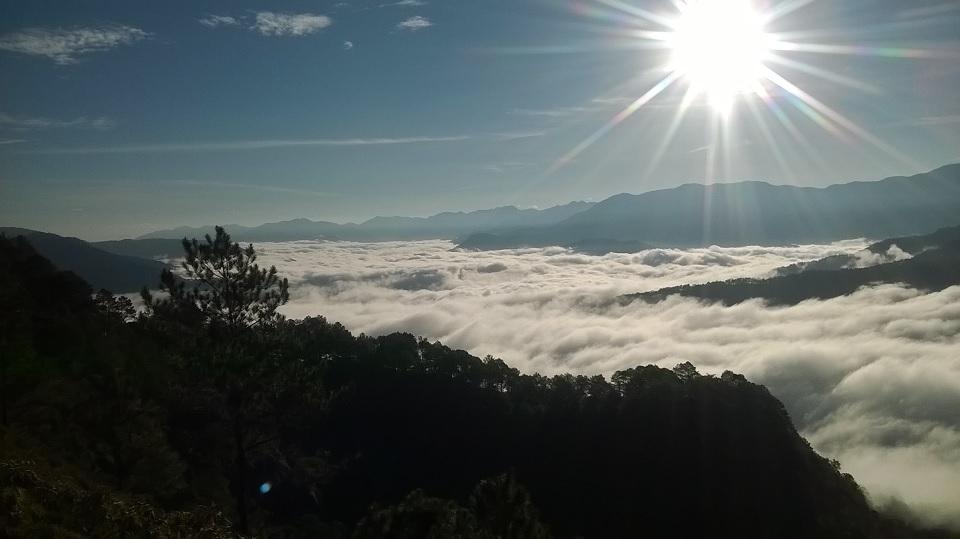
— BM, GMA News
Aside from the direct bus line from Manila to Sagada and vice versa, Sagada can be reached via Baguio, Banaue, and Bontoc. The mode of transportation can be a van, jeepney or bus. Go here for more information about Sagada.




